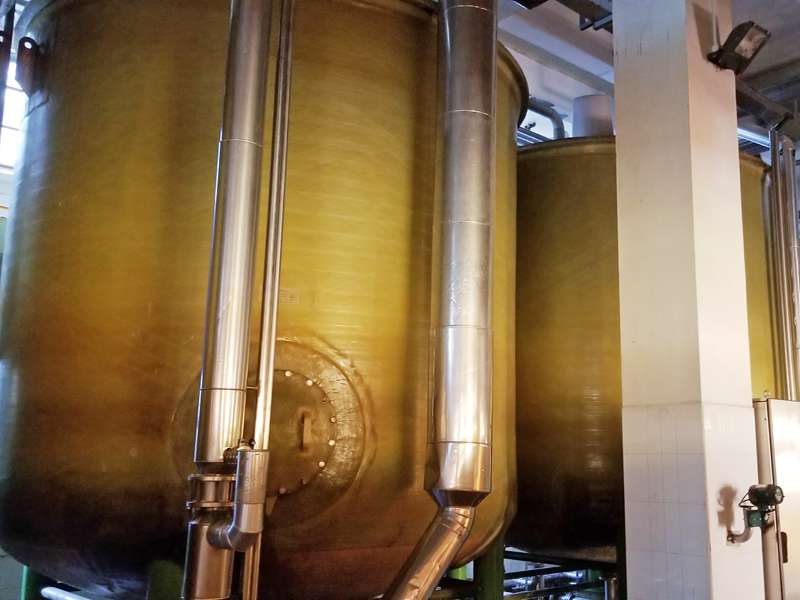
-
 Afrikaans
Afrikaans -
 Albanian
Albanian -
 Amharic
Amharic -
 Arabic
Arabic -
 Armenian
Armenian -
 Azerbaijani
Azerbaijani -
 Basque
Basque -
 Belarusian
Belarusian -
 Bengali
Bengali -
 Bosnian
Bosnian -
 Bulgarian
Bulgarian -
 Catalan
Catalan -
 Cebuano
Cebuano -
 China
China -
 China (Taiwan)
China (Taiwan) -
 Corsican
Corsican -
 Croatian
Croatian -
 Czech
Czech -
 Danish
Danish -
 Dutch
Dutch -
 English
English -
 Esperanto
Esperanto -
 Estonian
Estonian -
 Finnish
Finnish -
 French
French -
 Frisian
Frisian -
 Galician
Galician -
 Georgian
Georgian -
 German
German -
 Greek
Greek -
 Gujarati
Gujarati -
 Haitian Creole
Haitian Creole -
 hausa
hausa -
 hawaiian
hawaiian -
 Hebrew
Hebrew -
 Hindi
Hindi -
 Miao
Miao -
 Hungarian
Hungarian -
 Icelandic
Icelandic -
 igbo
igbo -
 Indonesian
Indonesian -
 irish
irish -
 Italian
Italian -
 Japanese
Japanese -
 Javanese
Javanese -
 Kannada
Kannada -
 kazakh
kazakh -
 Khmer
Khmer -
 Rwandese
Rwandese -
 Korean
Korean -
 Kurdish
Kurdish -
 Kyrgyz
Kyrgyz -
 Lao
Lao -
 Latin
Latin -
 Latvian
Latvian -
 Lithuanian
Lithuanian -
 Luxembourgish
Luxembourgish -
 Macedonian
Macedonian -
 Malgashi
Malgashi -
 Malay
Malay -
 Malayalam
Malayalam -
 Maltese
Maltese -
 Maori
Maori -
 Marathi
Marathi -
 Mongolian
Mongolian -
 Myanmar
Myanmar -
 Nepali
Nepali -
 Norwegian
Norwegian -
 Norwegian
Norwegian -
 Occitan
Occitan -
 Pashto
Pashto -
 Persian
Persian -
 Polish
Polish -
 Portuguese
Portuguese -
 Punjabi
Punjabi -
 Romanian
Romanian -
 Russian
Russian -
 Samoan
Samoan -
 Scottish Gaelic
Scottish Gaelic -
 Serbian
Serbian -
 Sesotho
Sesotho -
 Shona
Shona -
 Sindhi
Sindhi -
 Sinhala
Sinhala -
 Slovak
Slovak -
 Slovenian
Slovenian -
 Somali
Somali -
 Spanish
Spanish -
 Sundanese
Sundanese -
 Swahili
Swahili -
 Swedish
Swedish -
 Tagalog
Tagalog -
 Tajik
Tajik -
 Tamil
Tamil -
 Tatar
Tatar -
 Telugu
Telugu -
 Thai
Thai -
 Turkish
Turkish -
 Turkmen
Turkmen -
 Ukrainian
Ukrainian -
 Urdu
Urdu -
 Uighur
Uighur -
 Uzbek
Uzbek -
 Vietnamese
Vietnamese -
 Welsh
Welsh -
 Bantu
Bantu -
 Yiddish
Yiddish -
 Yoruba
Yoruba -
 Zulu
Zulu
frp damper
Exploring the Role of FRP Dampers in Modern Structural Engineering
In the realm of modern structural engineering, the pursuit of enhanced durability, resilience, and sustainability continues to drive innovation. One such advancement is the utilization of Fiber-Reinforced Polymer (FRP) dampers, which have gained traction for their potential to improve the seismic performance of structures. This article delves into the principles, advantages, and applications of FRP dampers in contemporary engineering practices.
Understanding FRP Dampers
FRP dampers are devices designed to absorb and dissipate energy during events such as earthquakes or strong winds. These dampers are made from composite materials that blend fibers—such as carbon, glass, or aramid—with a polymer matrix. The result is a lightweight, yet incredibly strong material that possesses high resistance to corrosion and environmental degradation. This makes FRP an ideal candidate for applications in harsh climates or corrosive environments, where traditional materials like steel might fail over time.
The fundamental operating principle of FRP dampers involves energy dissipation through deformation mechanisms. When subjected to dynamic loads, these dampers undergo elastic and plastic deformations which allow them to absorb significant amounts of energy, thereby reducing the forces transmitted to the structure. This is particularly crucial in seismic design, where minimizing the demands on structural elements is essential for preserving the integrity and safety of buildings.
Advantages of FRP Dampers
1. Lightweight Properties One of the most notable attributes of FRP dampers is their low weight compared to traditional materials. This lightweight characteristic facilitates easier installation and reduces the overall load on structural systems. As a result, engineers can design more efficient structural components without compromising safety.
2. Corrosion Resistance FRP materials are inherently resistant to many corrosive agents, making them suitable for a variety of environments. This property extends the lifespan of the dampers and reduces maintenance costs, presenting a more sustainable option when compared to conventional steel dampers that may require frequent repairs or replacements.
frp damper

3. Flexibility in Design The versatility of FRP materials allows for innovative design solutions tailored to specific applications. Engineers can customize the stiffness and damping characteristics of FRP dampers to suit the unique conditions of a project, optimizing performance while achieving aesthetic goals.
4. Cost-Effectiveness While the initial investment in FRP technology may be higher than traditional materials, the long-term savings due to reduced maintenance, enhanced durability, and improved structural performance often justify the cost, making FRP dampers a smart choice for sustainable building designs.
Applications in Structural Engineering
FRP dampers have found their place in various applications, primarily in buildings and bridges designed to withstand seismic events. Their ability to mitigate the effects of dynamic loads has led to the incorporation of FRP dampers in several notable projects worldwide. For instance, in high-rise buildings, these dampers can be strategically placed to enhance stability and occupant safety, while in bridges, they help control vibrations and prolong service life.
Furthermore, as urbanization continues to increase and populations grow, the demand for resilient infrastructure has never been more critical. As cities face the threat of natural disasters, the adoption of technologies like FRP dampers can significantly contribute to the development of safer, more sustainable urban environments.
Conclusion
In summary, FRP dampers represent a significant advancement in the field of structural engineering, offering enhanced resilience against dynamic loads while promoting sustainability through their lightweight and corrosion-resistant properties. As engineers and architects continue to embrace innovative solutions in their designs, FRP dampers will likely play an increasingly vital role in ensuring the safety and longevity of structures in a rapidly evolving architectural landscape.









